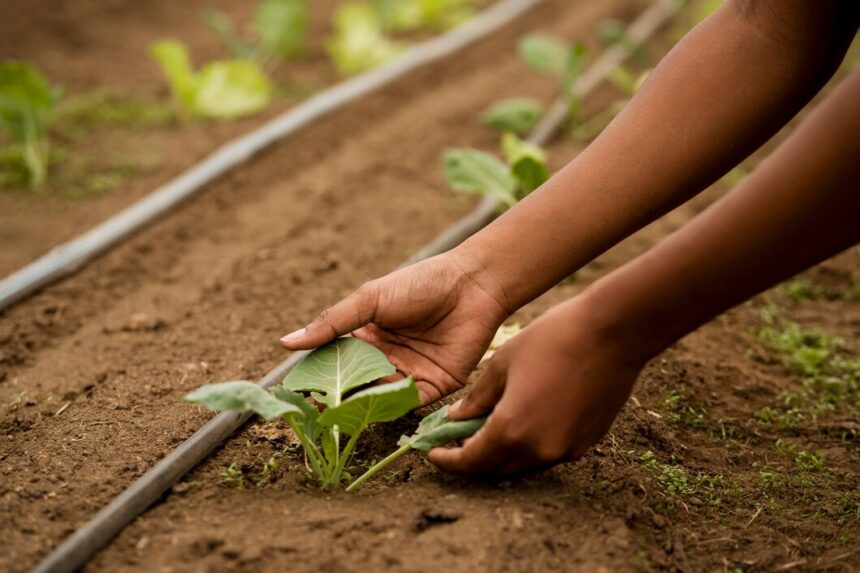Planting crops effectively is a critical skill for South African farmers to ensure optimal growth, yield, and profitability. Whether you’re planting staple crops, vegetables, or cash crops, following these seven steps can help you achieve success in your planting endeavors:
Site Selection and Preparation:
- Choose the Right Location: Select a site that receives adequate sunlight and has well-drained soil suitable for the crop you intend to plant.
- Soil Preparation: Test and prepare the soil by incorporating organic matter such as compost or manure to improve fertility and soil structure. Ensure the soil pH is appropriate for your crop.
Crop Selection and Planning:
- Choose Suitable Varieties: Select crop varieties that are well-suited to your local climate, soil conditions, and market demand.
- Crop Rotation: If applicable, plan crop rotation to improve soil health, manage pests, and prevent nutrient depletion.
Timing and Seasonality:
- Consider Climate and Season: Plant crops at the optimal time according to your region’s climate and seasonal patterns. Consult local agricultural extension services or climate data for guidance.
Seed Selection and Preparation:
- Quality Seeds: Use high-quality seeds that are disease-free and genetically suited to local conditions. Consider certified seeds for consistency and reliability.
- Seed Treatment: Treat seeds if necessary to protect against pests and diseases, or to enhance germination rates. Follow recommended procedures for seed treatment.
Planting Technique:
- Spacing and Depth: Follow spacing recommendations provided for each crop to ensure proper airflow, sunlight penetration, and optimal root development.
- Planting Depth: Plant seeds at the correct depth to promote uniform germination and establishment. Guidelines may vary by crop type, so refer to seed packaging or agricultural guidelines.
Watering and Irrigation:
- Initial Watering: Ensure newly planted seeds or seedlings receive sufficient water immediately after planting to support germination and early growth.
- Irrigation Schedule: Develop an irrigation schedule based on crop water requirements, soil moisture levels, and weather conditions. Consider using drip irrigation for efficient water use.
Monitoring and Maintenance:
- Pest and Disease Monitoring: Regularly inspect plants for signs of pests, diseases, or nutrient deficiencies. Implement integrated pest management (IPM) practices if issues arise.
- Weed Control: Manage weeds early to reduce competition for water, nutrients, and sunlight. Use mulching or mechanical methods to control weeds without harming crops.
Successful planting requires careful planning, attention to detail, and adherence to best practices throughout the planting process. By following these seven steps, South African farmers can enhance crop productivity, optimize resource use, and contribute to sustainable agricultural practices. Investing time and effort in proper planting techniques sets the foundation for a successful harvest and long-term agricultural success.







